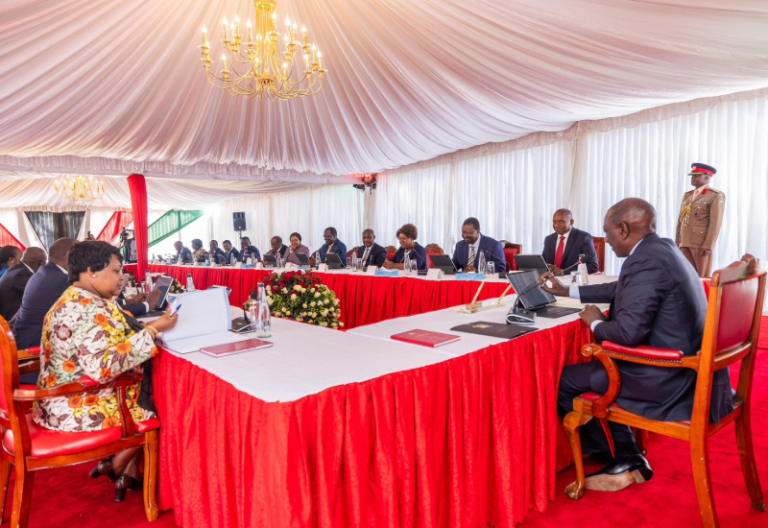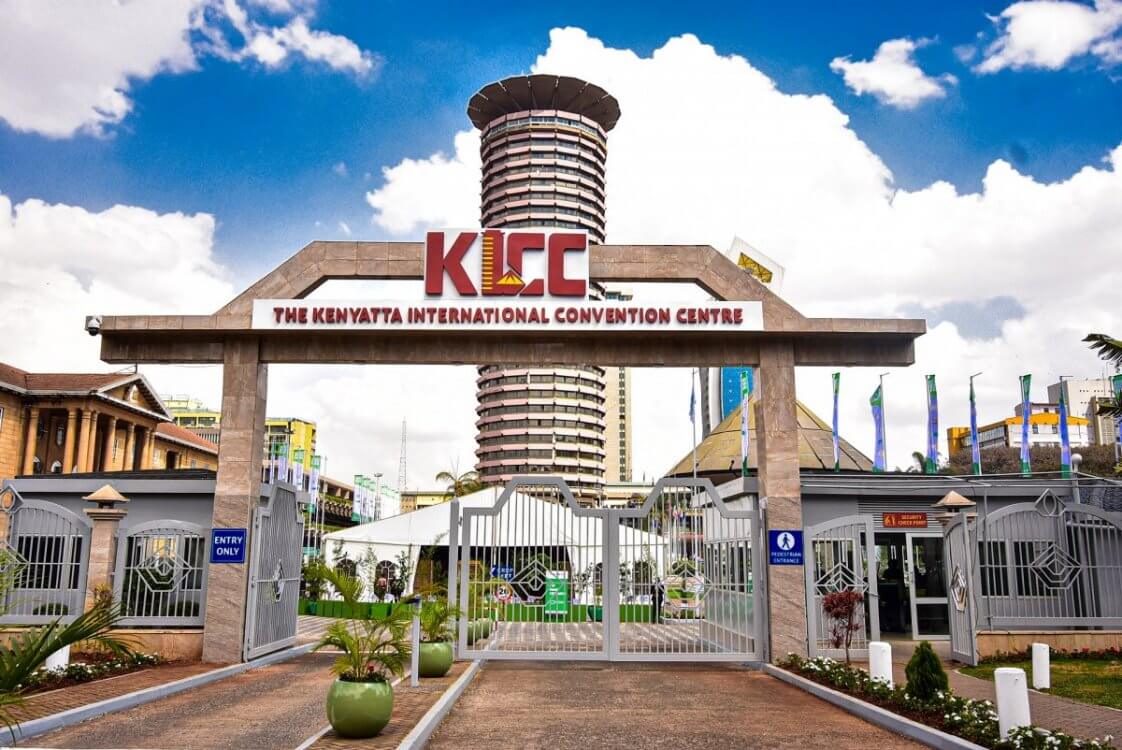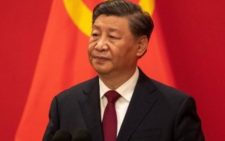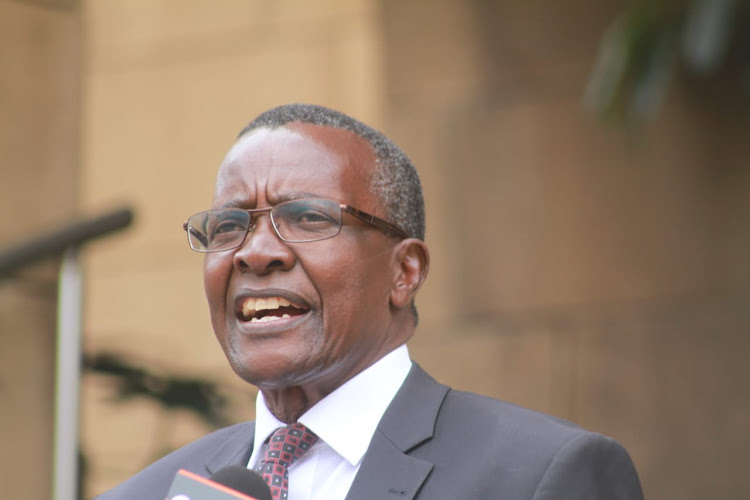Motives at issue in merger plan

The government has embarked on an ambitious plan to merge various State corporations, purportedly to curb resource wastage, streamline functions, and improve service delivery.
While the intentions sound noble on paper, closer scrutiny reveals glaring contradictions and raises critical questions about the underlying motives, especially with the 2027 general election on the horizon.
At the heart of the merger plan is the government’s assertion that many state corporations suffer from overlapping mandates, leading to inefficiencies and unnecessary expenditure.
While this is partly true, the government’s promise that no staff will be declared redundant completely undermines the very premise of cost-cutting.
If human resource optimisation is off the table, how exactly does the government expect to end wastage in these bloated entities? Instead, this initiative looks like a strategic move to consolidate control, create opportunities for political patronage, and lay the groundwork for electioneering disguised as reform.
The claim that overlapping mandates are crippling state corporations is valid in theory but lacks nuance in practice. For years, many of these corporations have coexisted with limited conflict, and any inefficiency can largely be attributed to poor leadership, corruption, and lack of accountability—not necessarily mandate duplication.
The government’s failure to address these root causes suggests that merging entities will do little to fix systemic issues. Instead, it risks creating even more bloated bureaucracies, where inefficiencies are centralised rather than eliminated.
Take the example of the education sector, where the government proposes merging into a single entity corporations involved in overseeing higher education, technical training and qualifications. While the stated goal is to improve service delivery to farmers, merging such entities could create logistical chaos, turf wars, and significant transitional costs.
Rather than fostering synergy, these mergers might simply create a new layer of inefficiency.
The government’s insistence that no staff will be declared redundant renders the entire exercise futile from a fiscal perspective. If the goal is to save money, retaining all existing staff ensures that payroll costs remain unchanged.
In fact, the costs could rise as the new entities will likely create additional roles for managers and directors to oversee the merged organisations.
Moreover, Kenya’s state corporations are notorious for their nepotistic hiring practices, where political appointees occupy lucrative positions with little regard for competence or accountability.
The merger exercise could create fresh opportunities for the political elite to reward their cronies, effectively turning these corporations into vehicles for patronage rather than public service.
One of the less-discussed but critical consequences of parastatal mergers and shutdowns is how they will affect presidential appointees. These state corporations are often used as political tools, providing cushy jobs to loyalists and rewarding key supporters of the administration. Appointments to senior positions in parastatals allow the president and his inner circle to consolidate power, influence sectoral decision-making, and control resource distribution.
With the mergers, many of these positions will be eliminated or consolidated, sparking fierce battles over who stays and who goes. While the government claims that no regular employees will lose their jobs, it has not clarified what will happen to politically appointed directors, board members, and senior executives.
This uncertainty could trigger intense lobbying within the corridors of power, with factions of the ruling coalition jostling to retain their influence in the newly-formed entities.
For instance, when multiple parastatals are merged, only one Director-General or Chief Executive Officer will be needed for the new organisation. This raises questions about the fate of current executives, many of whom are appointees with close ties to the ruling administration.
Will the government protect them through alternative appointments in other agencies? Or will it risk alienating powerful allies ahead of the 2027 elections? These political considerations suggest that the mergers are not just about efficiency but also about redistributing power within the ruling elite.
Further, the reduction in high-level positions could impact the president’s ability to reward political allies in the future. State corporations have traditionally served as a pool of patronage, where the executive can distribute rewards in the form of lucrative appointments.















